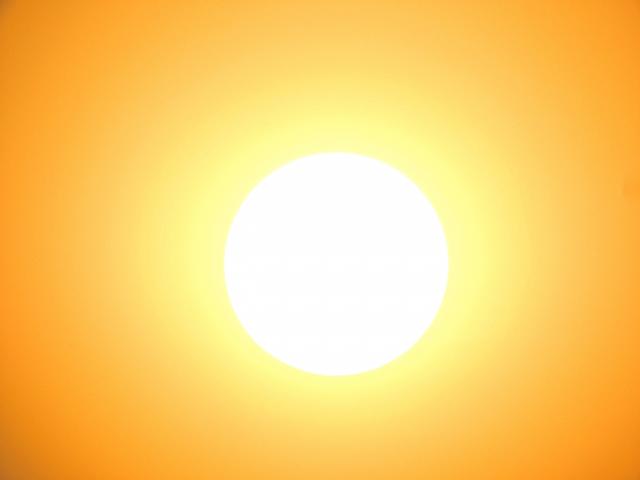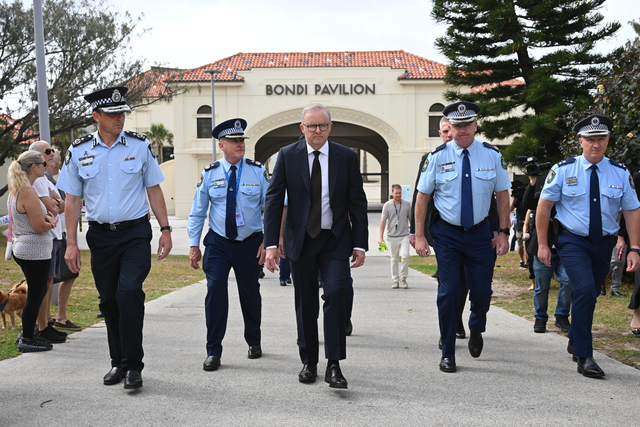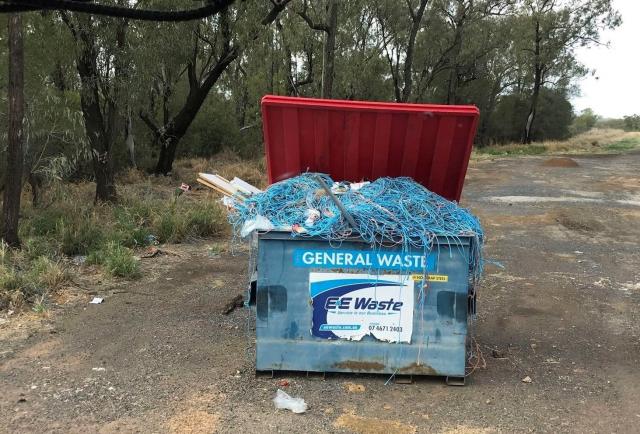With UV levels consistently at very high and extreme levels, SunSmart Victoria is ramping up its skin cancer prevention campaign called “Don’t Let Cancer In’ as new data shows melanoma diagnoses could increase by 24 per cent over the next decade.
The latest data from the Victorian Cancer Registry (VCR) at Cancer Council Victoria shows melanoma continues to be the fifth most common cancer in our state, despite it being one of the most preventable cancers.
Last year, 2,885 Victorians were diagnosed with melanoma (1,697 males and 1,188 females), accounting for eight per cent of all new cancer cases diagnosed in 2022 (8.6 per cent of all cancers diagnosed in males and 7.2 per cent in females).
Health minister Mary-Anne Thomas said that Victorians should be smart this summer and be sure to use all five forms of sun protection.
“When exploring the best of Victoria’s great outdoors this summer, it is important people take care of themselves by being sun-smart,” said Minister Thomas.
“Sun-smart Victorians can do five easy things to stay safe this summer: use sunscreen, stay in the shade, and wear a wide-brimmed hat, sunglasses, and protective clothing like long sleeve shirts.”
VCR director, Professor Sue Evans, said while the report shows the number of melanomas, it doesn’t provide the full picture when it comes to the skin cancer burden on our state.
“The report doesn’t provide the number of other skin cancers, including basal cell carcinomas and squamous cell carcinomas, due to the sheer volume of these diagnosed. Other skin cancers have a very high prevalence, in Victoria there are around 150,000 treatments of skin cancers,” Professor Evans said.
“We predict increases in cancers like melanoma based on historical trends in patterns of diagnoses and we use data from the Australian Bureau of Statistics that projects population growth over the coming years. While we predict an increase, we know melanoma is preventable and there are steps Victorians can take to reduce their risk of developing this type of cancer,” said Professor Evans.
Repeated exposure to the sun’s UV radiation accounts for –most skin cancers, including melanoma, which can spread to vital organs like the brain, lungs and liver.
Thankfully, skin cancers are almost entirely preventable by using sun protection whenever the UV index hits 3, yet data shows only one in six Victorians can identify when that is.
The 2022 Summer Sun Protection Survey found only one in six (18 per cent) knew when the UV hits 3 on the index that sun protection was needed.
Head of SunSmart Victoria, Emma Glassenbury, said everyone living in Victoria needs to think about UV and know when it hits 3 that you need to use sun protection to protect your skin.
“You can’t see or feel UV, and it’s not dependent on the weather, so we plead with Victorians to take the guesswork out and check the UV level before going outdoors and if it’s three or above, cover up using all five forms of sun protection.”
“We want Victorians to enjoy the great outdoors without adding to their skin cancer risk. When you’re heading outdoors, if the UV is 3 or above, cover up by wearing sun protective clothing, a wide brimmed hat, and sunglasses, apply high SPF sunscreen and seek shade,” Ms Glassenbury said.
No matter your age, when you cover up your skin, you create a barrier between yourself and UV.
SunSmart encourages all Victorians to download the free SunSmart Global UV App for real-time, location-specific UV and sun protection advice.
SunSmart Victoria is currently running their ‘Don’t Let Cancer In’ campaign to raise awareness of the serious consequences of skin cancer and reminding Victorians not to be complacent when it comes to sun protection.
“This latest SunSmart campaign is sending Victorians a clear message when the UV is 3 or above to cover up and sharing the knowledge of how they can cover up properly,” Ms Glassenbury said.







